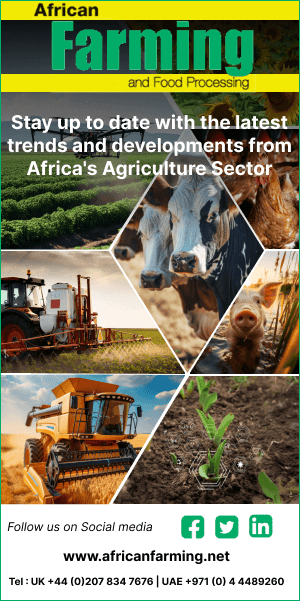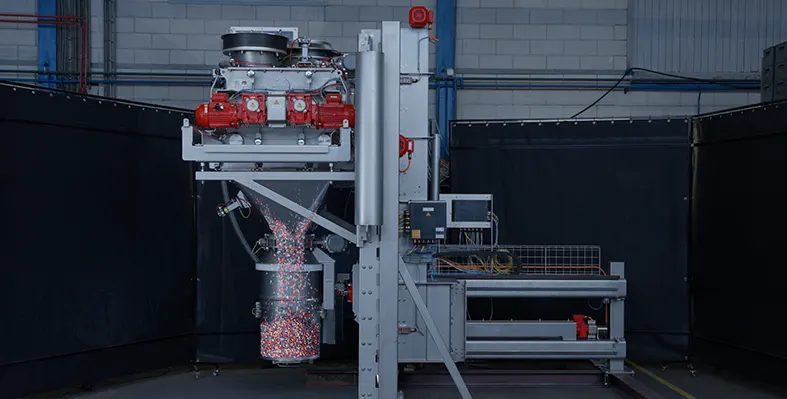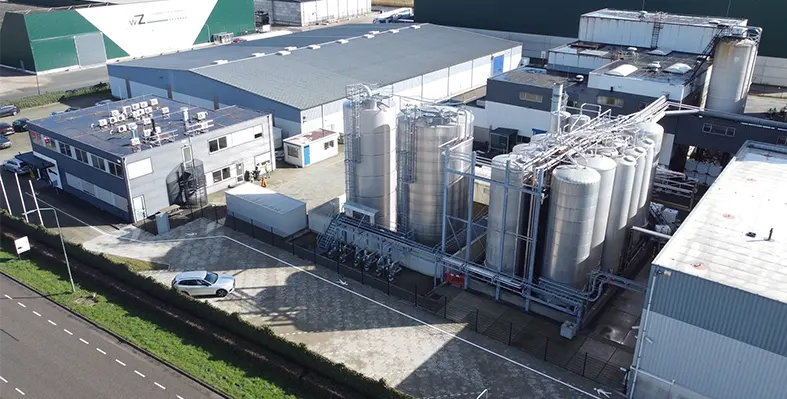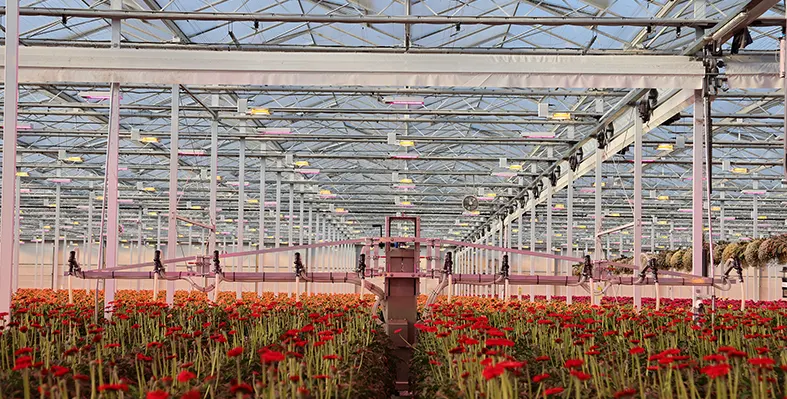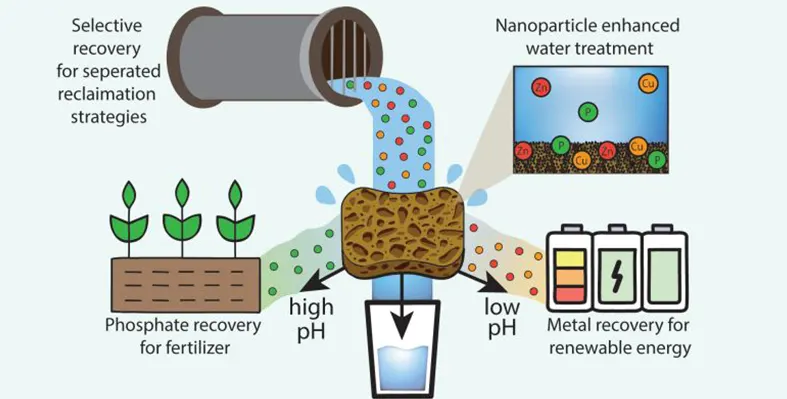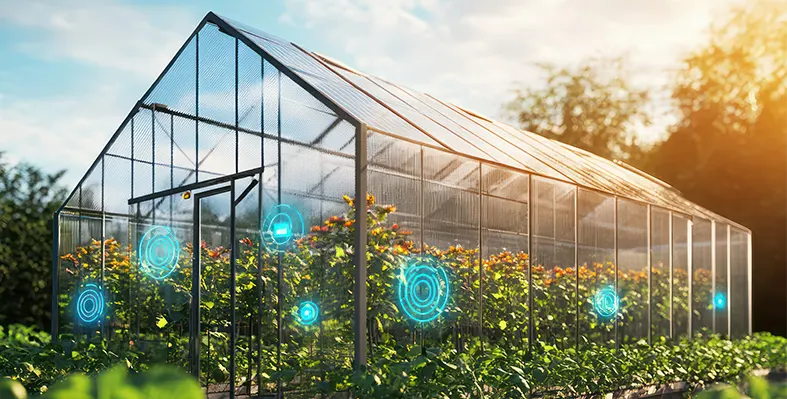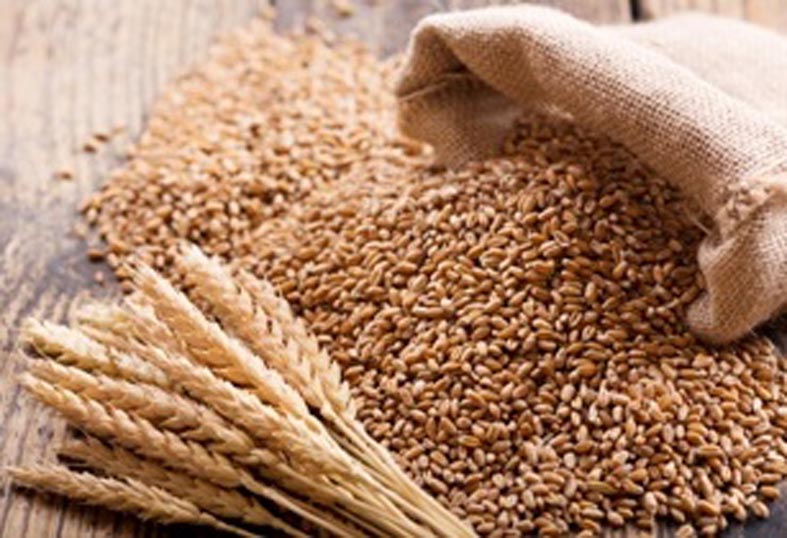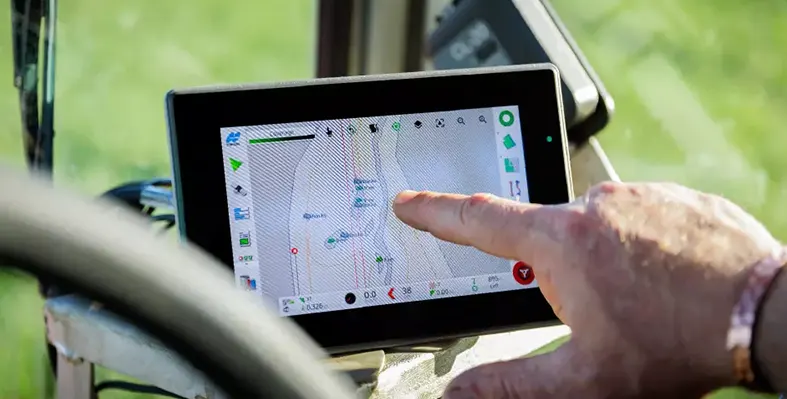SCHAUER Agrotronic GmbH has launched Body AI Score that ensures automated condition assessment and condition-adapted feeding
Body AI Score is a camera-based system that can be used in the feeding station, selection station or as a stand-alone device during stabling. The animal is recorded by camera from several positions, analysed and the condition of the animal determined. The artificial intelligence (AI) supported analysis of the animal is based on a specially created standard, which has been developed and calculated through countless practical measurements. It can be installed in the feeding station itself or in CID Selection. This enables continuous measurement of the condition curve and early adjustments to the feed curve. However, it is also possible to equip a separate stand-alone station, which is positioned in the raceway, with which all animals are assessed before being driven into the holding pen.
Until now, the condition of the animal could only be evaluated by measuring the thickness of the back fat. This is extremely time-consuming and difficult to reproduce, as this measurement has to be carried out at specific, precisely measured points. Automation is not possible due to the high individuality of the animals. Another approach is to record the animal's weight. However, this method only allows limited conclusions to be drawn about the condition of the animal, as the animals can be of different lengths and heights and therefore their weight is of little significance.
Furthermore, the weight also fluctuates greatly depending on whether the sow has just consumed water or feed, defecated or urinated. This leaves only the trained eye of the operator. External staff are often not qualified to correctly assess the animals. With Body AI Score, it is possibl to automate the condition assessment and assignment of the correct feed curve, thereby optimising performance and costs.
It is not sufficient to assess the condition of pregnant sows based solely on weight. This requires a correct assessment either by the trained eye of the barn staff or, for example, by measuring backfat thickness, However, this method often produces inconsistent results. The barn staff judge the animals according to criteria such as ‘not too lean’ or ‘not too fat’. The amount of feed required depends on the condition of the sows. This is significantly influenced by the sow's condition. However, as the barn staff often change on larger farms, the sows are often fed the same amount.
If the animals are not fed properly, they become fat, waste feed or are too thin. Automatic control helps to avoid this. The animals are fed in the way that is best for them. This saves money and makes the animals more fertile.










